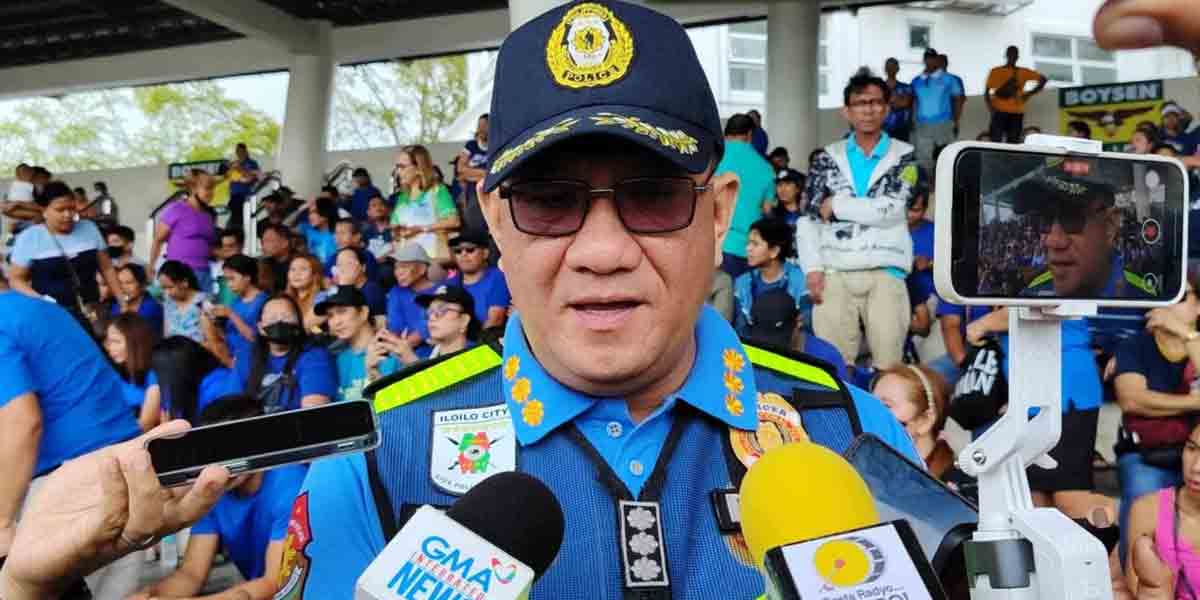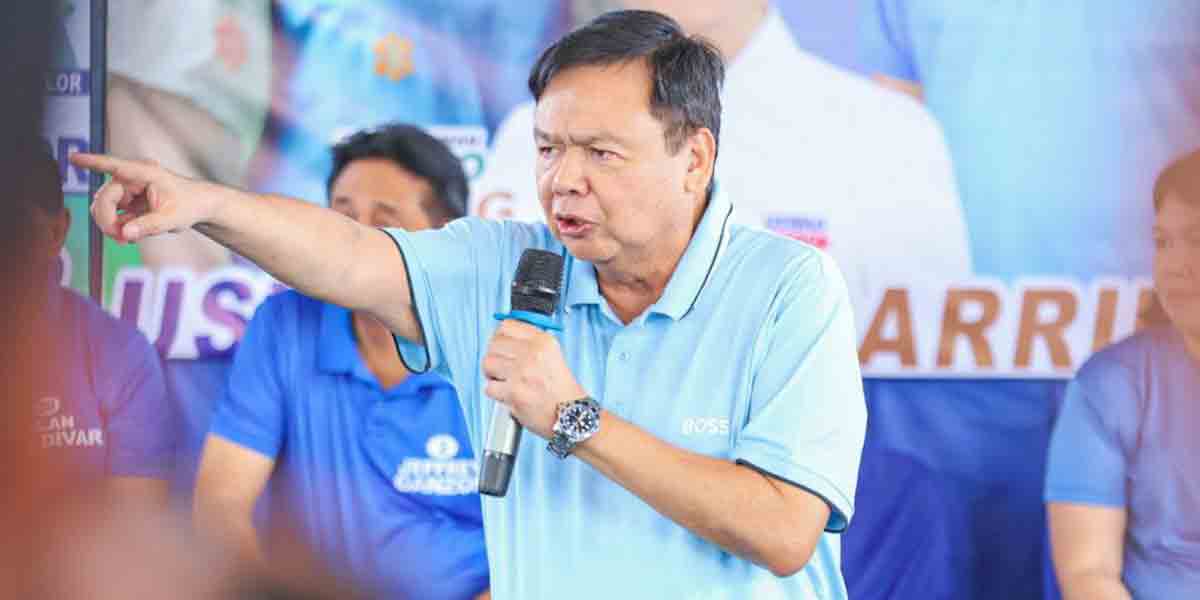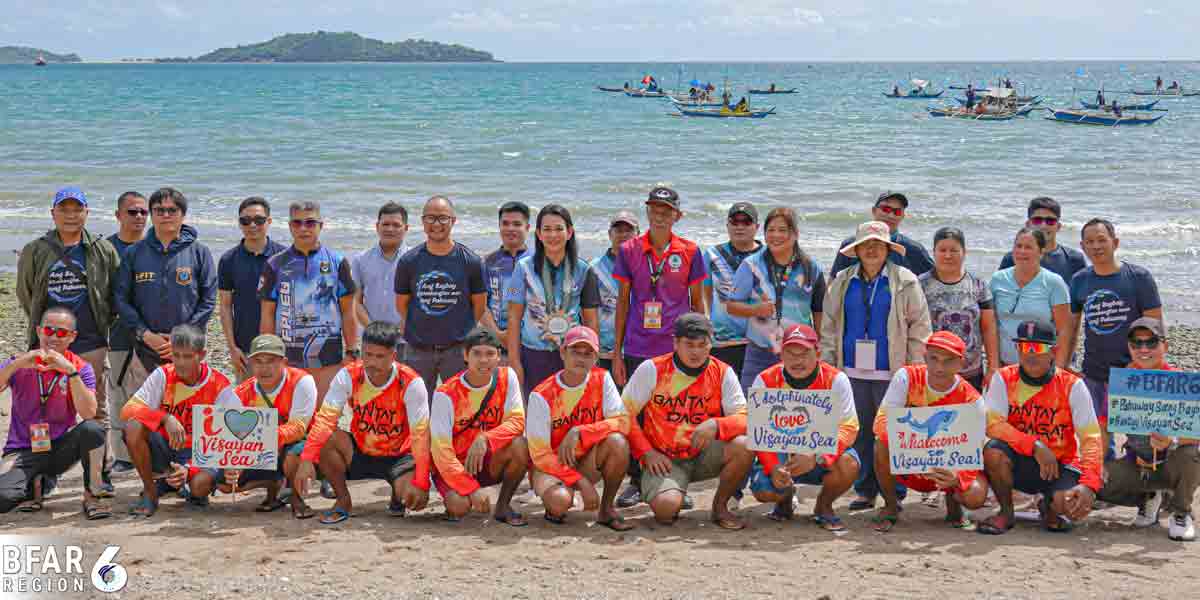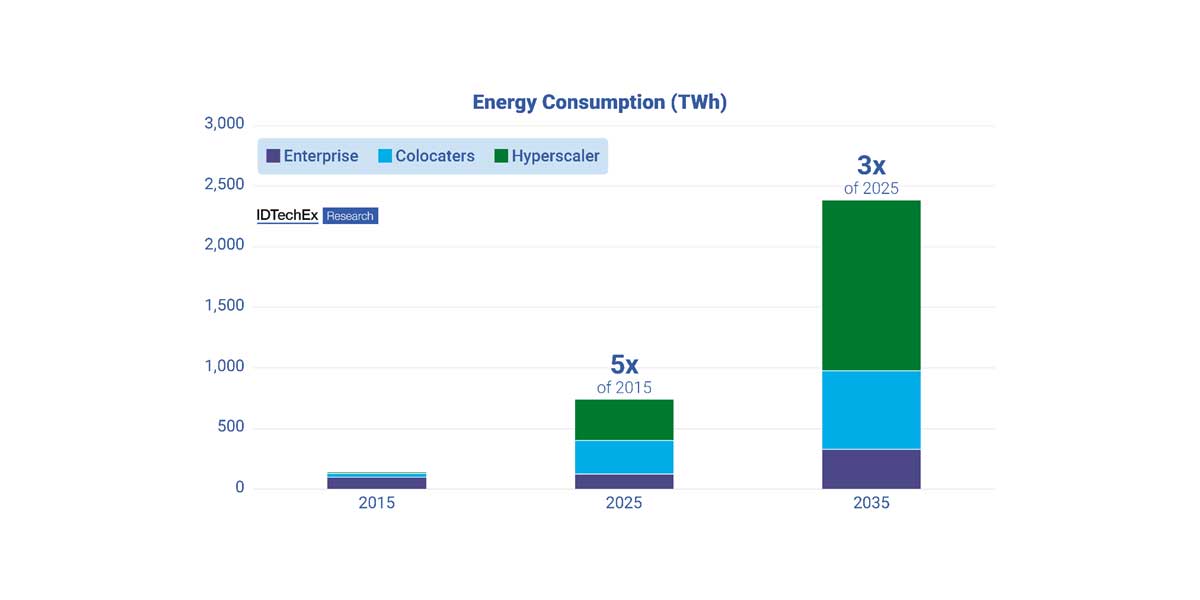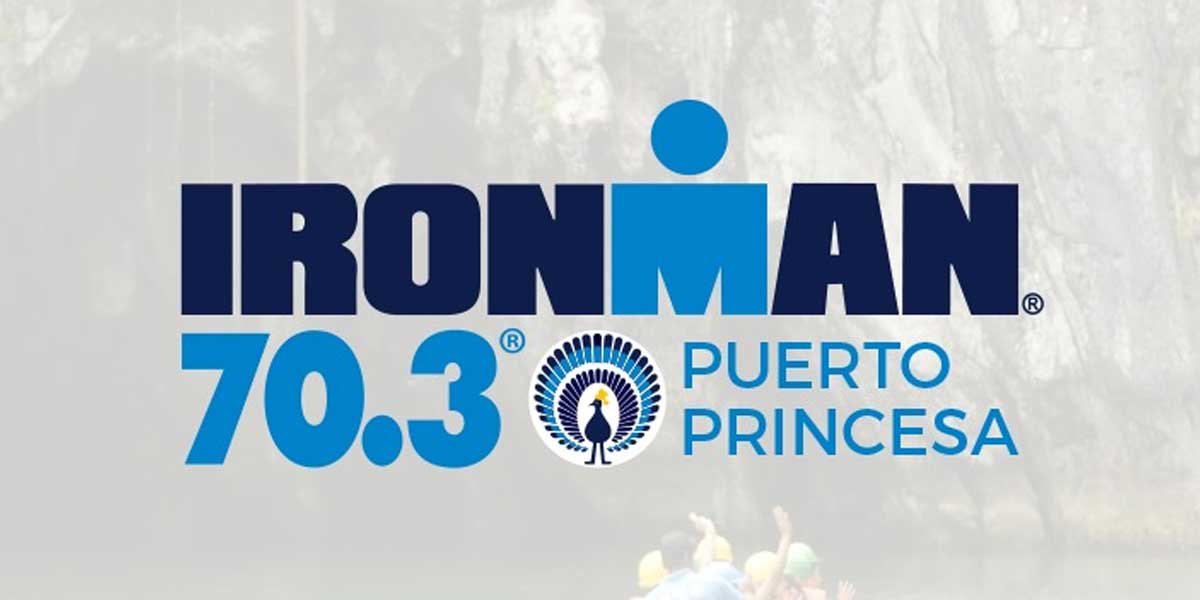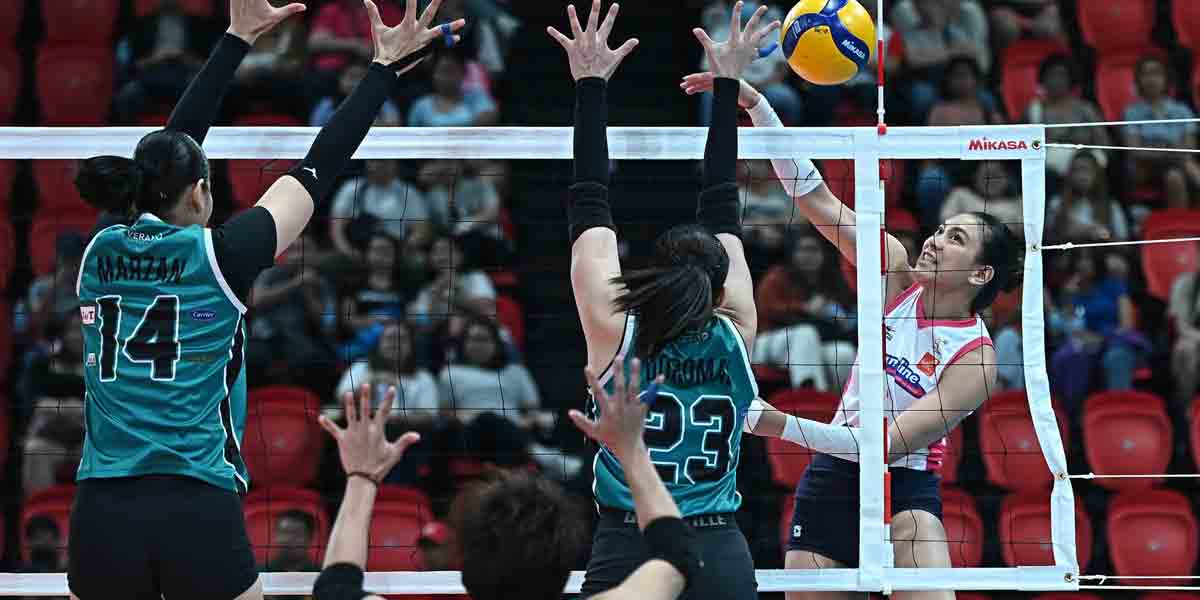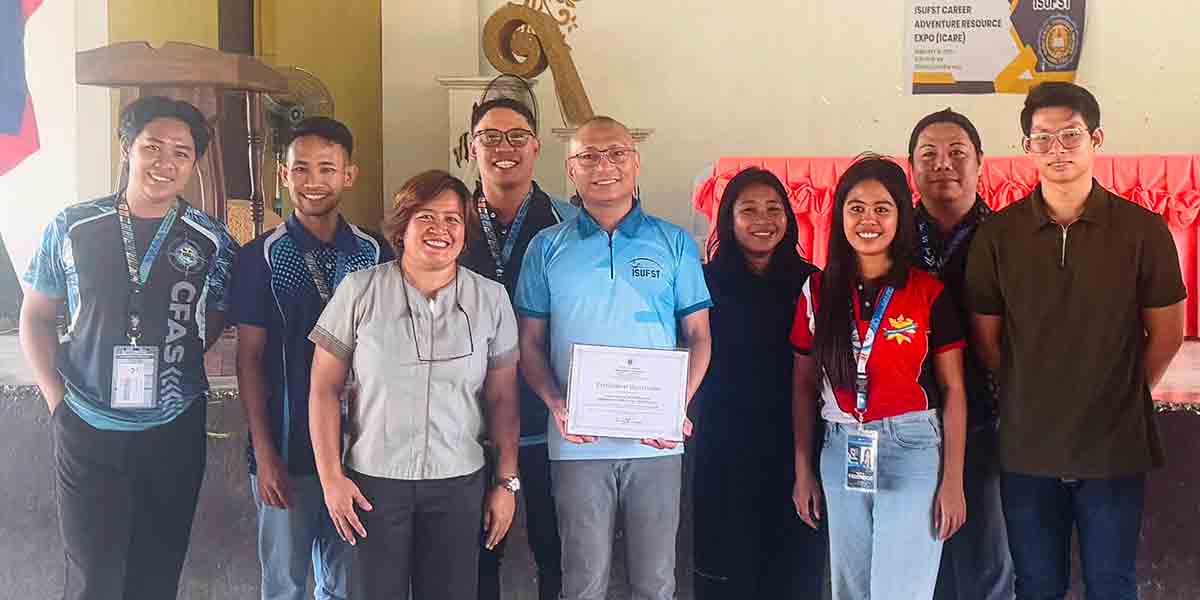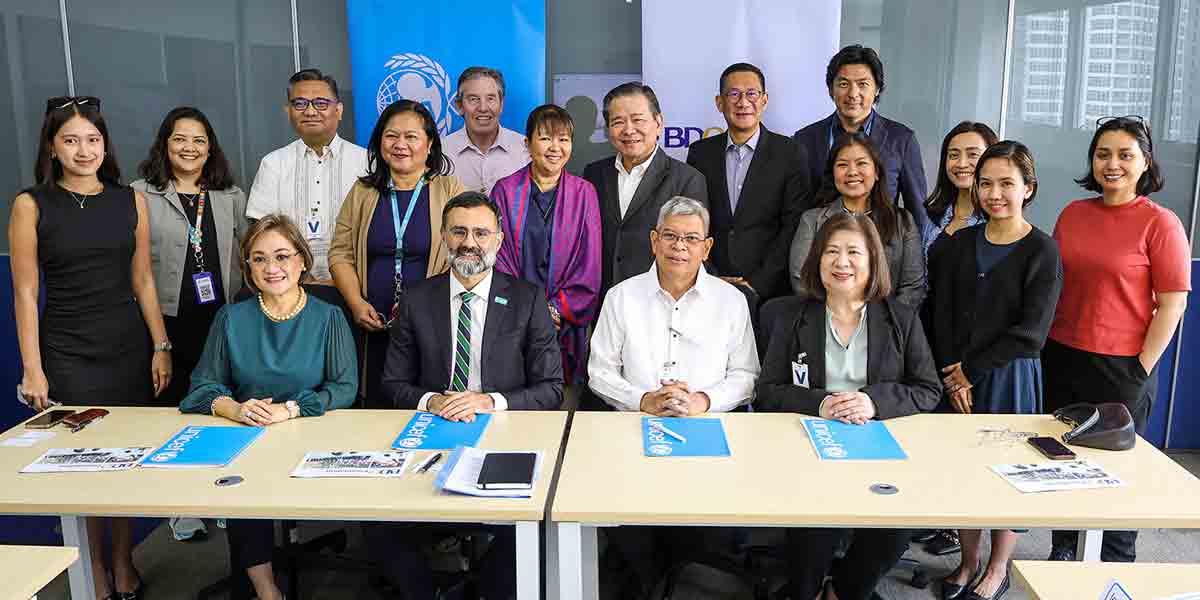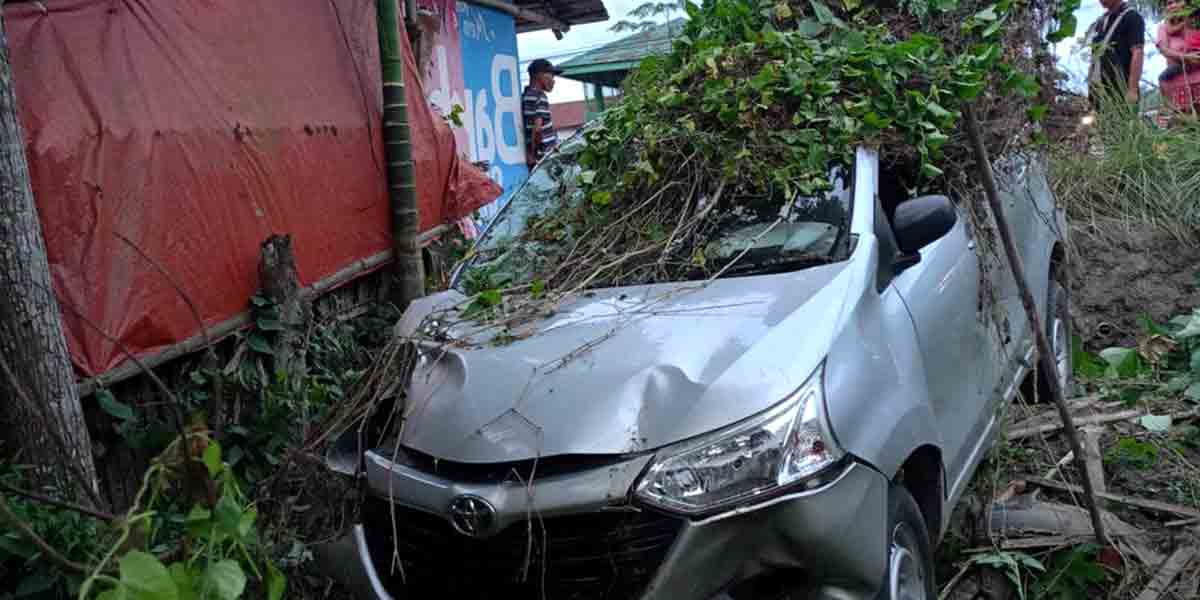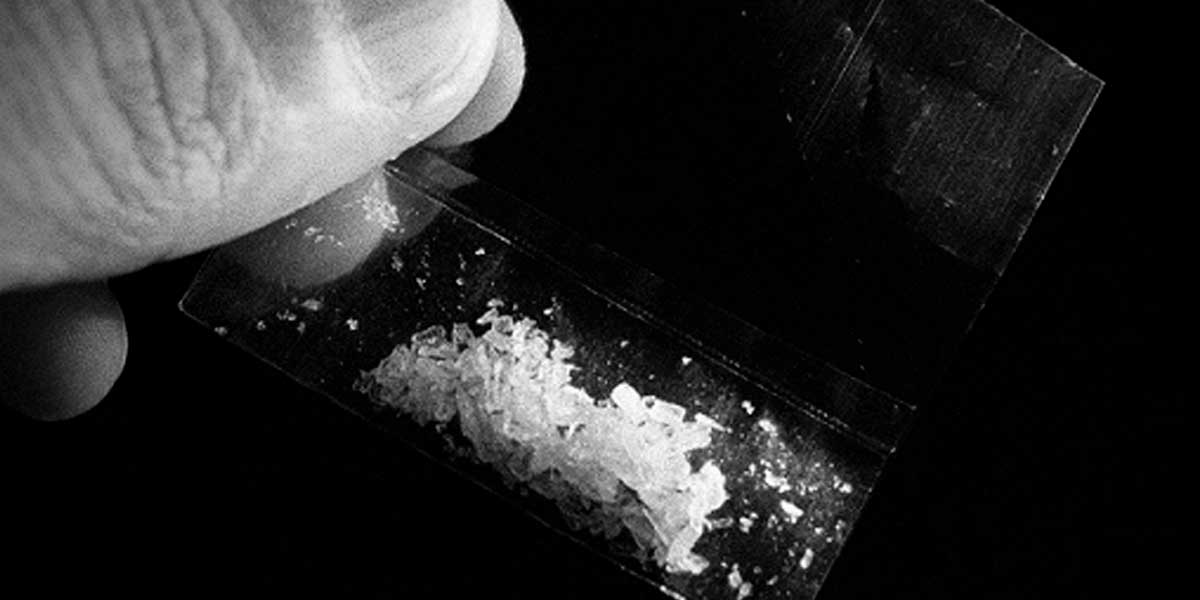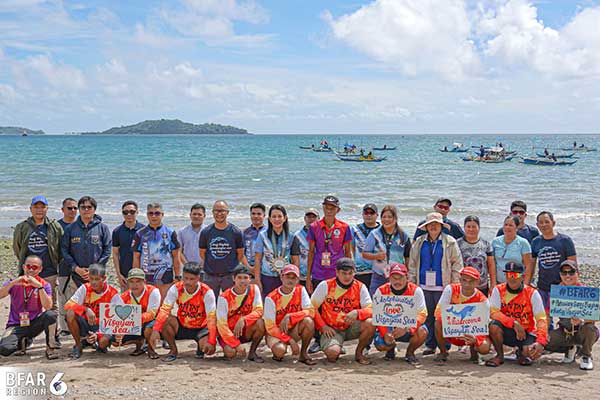
By Mariela Angella Oladive
After a three-month closure for conservation, the Visayan Sea officially reopened for fishing on Feb. 16, following the lifting of the annual closed season by the Department of Agriculture-Bureau of Fisheries and Aquatic Resources (DA-BFAR).
DA-BFAR Regional Directors Remia A. Aparri (Region 6), Ariel U. Pioquinto (Region 5), and Mario Ruinata (Region 7) led the reopening and emphasized the need for greater support for fishing communities.
“Our challenge to LGUs is this: provide your fishers with support beyond fisheries—ensure they have access to health services, education, and economic opportunities that will allow them to transition to more sustainable practices,” Aparri said.
While the closed season protects fish stocks, small-scale fishers often struggle financially during the period of restricted fishing, underscoring the need for comprehensive support programs.
Aparri stressed that sustainable fisheries management requires more than just seasonal bans.
“The closed season is just one management tool. If we want true sustainability, we need a comprehensive approach—balancing conservation with production, investing in aquaculture, and ensuring that our small-scale fishers remain at the heart of our efforts,” she said.
She called on local government units (LGUs) and fisherfolk to view compliance with responsible fishing practices as an investment rather than a burden.
Implemented annually since 2013, the closed season aims to sustain key fish species, particularly sardines, herrings, and mackerels.
Covering 25 LGUs across Iloilo, Capiz, Negros Occidental, and Cebu, the initiative has improved fish stocks and catch sizes.
Despite challenges such as illegal, unreported, and unregulated (IUU) fishing, preliminary data from the National Stock Assessment Program (NSAP) show a gradual biological recovery, with larger sardine sizes recorded over the years.
Collaboration among government agencies, LGUs, and fishing communities has been crucial to the program’s success.
Region 6 (Western Visayas) alone conducted 49 joint seaborne patrols, 45 portside and market inspections, 31 landing denial operations, and 28 educational activities to enforce compliance.
During the closed season, six commercial-scale trawlers and three modified Danish Seines were apprehended, with operators showing increased awareness of responsible fishing regulations.
Moving forward, BFAR is improving post-harvest practices, packaging, and marketing support to increase the value of fishery products like tabagak.
The agency also plans to expand Marine Protected Areas (MPAs), strengthen enforcement, and address IUU fishing practices, particularly the use of fine-mesh nets, Danish Seine (hulbot-hulbot), and trawl fishing in municipal waters.
BFAR and its partners urge stakeholders to remain committed to responsible fishing while ensuring that fishing communities receive the necessary support to thrive beyond the waters.

